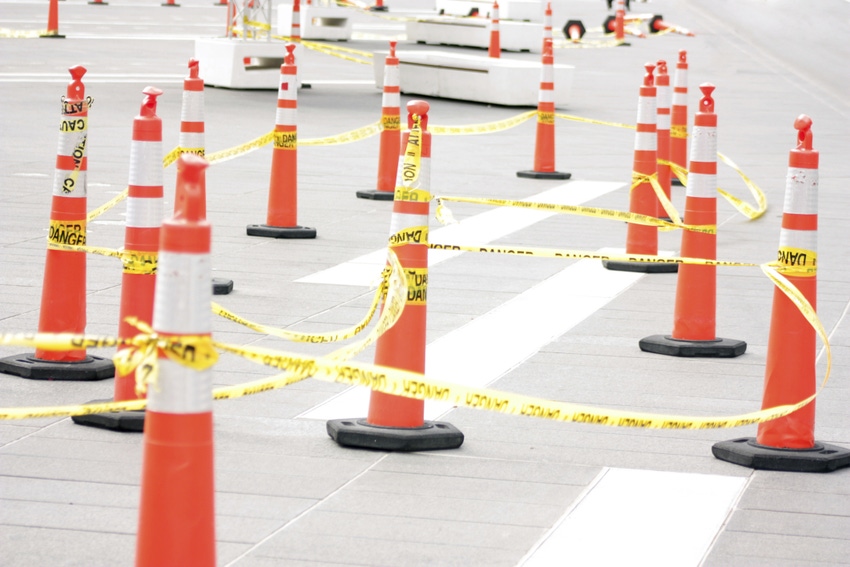NTSB: Speeding a Major Killer on U.S. Roadways
New study by the agency finds speeding leads to almost as many highway fatalities as drunk driving.

The National Transportation Safety Board (NTSB) is going to begin a major push to reduce speeding-related vehicle crashes on U.S. roads by encouraging more aggressive enforcement of speed limit laws and the wider adoption “intelligent speed adaptation systems.”
The effort is being spurred by a study recent study conducted by the agency – entitled Reducing Speeding-Related Crashes Involving Passenger Vehicles – that links speeding to 112,580 passenger vehicle highway crash fatalities between 2005 and 2014.
According to NTSB Acting Chairman Robert Sumwalt, to put that number in perspective, nearly the same number of people – 112,948 – died in alcohol-involved crashes in the same period.
Despite what he called “this sobering statistic,” Sumwalt said in a statement that speeding has “few negative social consequences” compared to the consequences of an arrest or conviction for driving under the influence. He further noted that while the agency’s study found that drivers are aware that speeding is a threat to safety, they also acknowledge it is a common driving behavior in the U.S.
“You can’t tackle our rising epidemic of roadway deaths without tackling speeding,” Sumwalt explained. “And you can’t tackle speeding without the most current research. Speed kills. This study examines how it kills and what actions can be taken to save lives and prevent speeding-related crashes.”
He added that the agency’s study also determined that speeding increases crash risk both in terms of the likelihood of being involved in a crash and in terms of the severity of injuries sustained by those involved in speeding-related crashes.
Based on its findings, the NTSB issued 19 safety recommendations to various groups: one to the U.S. Department of Transportation, eight to the National Highway Traffic Safety Administration, four to the Federal Highway Administration, and one each to the Governors Highway Safety Association, the International Association of Chiefs of Police,and the National Sheriffs’ Association.
The NTSB also recommended action from seven states that prohibit automated speed enforcement, 28 states without automated speed enforcement laws, and 15 states with automated speed enforcement restrictions.
The agency said its main recommendation to the states—to remove barriers to the use of automated speed enforcement—is based on finding that it is an “effective but underused” countermeasure.
The NTSB also recommended as part of its analysis completion of all actions in the DOT 2014 Speed Management Program Plan, assessment of the effectiveness of point-to-point speed enforcement in the U.S., encouragement of passenger vehicle manufacturers and consumers to adopt “intelligent speed adaptation systems,” and increasing the adoption of speeding-related Model Minimum Uniform Crash Criteria Guideline data elements and improving consistency in law enforcement reporting of speeding-related crashes.
The NTSB added as part of this report that it previously identified speeding as a safety issue among drivers of heavy vehicles in work zones and at locations with site specific hazards.
About the Author(s)
You May Also Like


